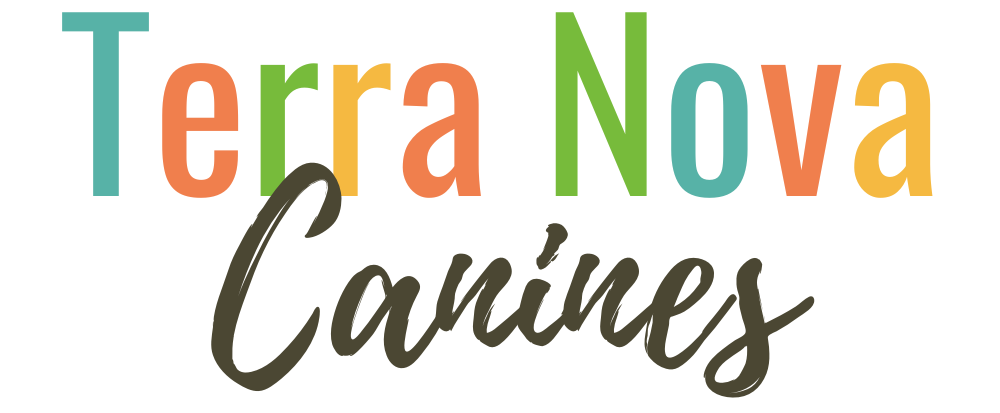‘Mat’
Step 1: Set up the mat or bed that you would like your pup to go to.
Step 2: Using a treat as a lure, guide your dog to their mat/bed.
Step 3: Once on the mat/bed, use the same treat to lure your pup into the 'down' position.
Step 4: Once their belly is on the mat, 'mark' and treat!
Step 5: Do this a number of times, approaching the mat/bed in different ways.
Step 6: Once your dog is able to do this easily, remove the treat as a lure and just use the motion to direct them to their mat/bed. Again, once their belly is one the mat, 'mark' and treat.
Step 7: Finally, after doing this a few times without the food lure, you can begin adding the verbal marker 'mat' or 'bed' , whichever you would like. As you direct them to their mat/bed, just as their belly touches the ground say "mat/bed', then 'mark and treat.
Fun & Games
'Got To Mat'
Go to mat is a great skill for you to use to send your dog to a safe spot and know that he will stay there. You might send him to his mat so nobody can trip over him when your kids are playing or while you are cooking dinner. You could send him to the mat when greeting your guests or when food is on the table. It takes a while to teach this skill as it combines sending the dog to the mat and having him lie down on it and staying put. But it is really worth the effort, mat training is a highly versatile skill. A “mat” can really be anything you’ve designated as his lying-down spot: his bed, an impromptu towel or coat on the floor, a yoga mat or a corner of a rug.
STEP 1:
After learning 'mat' - Increasing distance – 1 step at a time.
You take 1 step away from the mat and say “mat.”
When your dog goes right to his mat, mark and treat generously. If he hesitates, mark any slight intention to walk to his mat. You’ll just have to take it a bit slower with smaller steps.
Repeat several times a day, varying the distance between 1-3 steps away from the bed.
Increase the distance every day. Always praise generously when your dog lies down, then release him again. Practice until you get the distance you want the dog to be able to work at.
STEP 2:
Increasing duration – 1-3 seconds at a time.
Lower the criterion of the previously trained distance. You should be closer to your dog’s mat for this exercise than when you were practicing distance. Say “mat.”
When your dog lies down on his mat, count 1 or 2 seconds before you mark and treat. (If your dog knows a “stay” cue you can obviously use it.)
Repeat, varying the duration from 1-4 seconds, then from 4-15 seconds. Slowly build duration. When you are at 30 seconds, mark and give a different, longer-lasting treat. A good choice is a chew that won’t roll, like a Kong Quest Wishbone stuffed with baby food or a Nylabone chew toy he loves.
Watch for him closely and try to release your dog before he gets up and leaves on his own. Go back to adding distance and start giving him long-lasting food toys/treats to increase the length of the stay.
STEP 3:
Adding distractions – gradually.
The final step is to gently and gradually add in some distractions. If you can send your dog to his mat from a distance and he stays there as long as you want him to be there, then you’re ready for this step. While you work on distractions cut down on the distance and duration at the beginning.
Have some high-value treats in your hand. While your dog is lying on his mat, move around. Do things like walking from one side to the other, jumping up, and crouching down.
Throw a treat between your dog’s front legs for every distraction you add.
Repeat with goofy stuff. Ask your kids to play around your dog, ring the doorbell – the more exciting the distraction, the better his “pay” (value of his reward) must be.
When you start introducing the sounds your dog normally responds to excitedly with barking or standing up, like the doorbell, attach a leash to his collar. The leash should not be tight – your dog should have enough lead to comfortably lie down, but not enough to leave his mat. Don’t struggle with your dog, do not put pressure on his neck, and increase the value of treats you’re using to reward your dog for remaining on his mat
With contributions from IAABC

